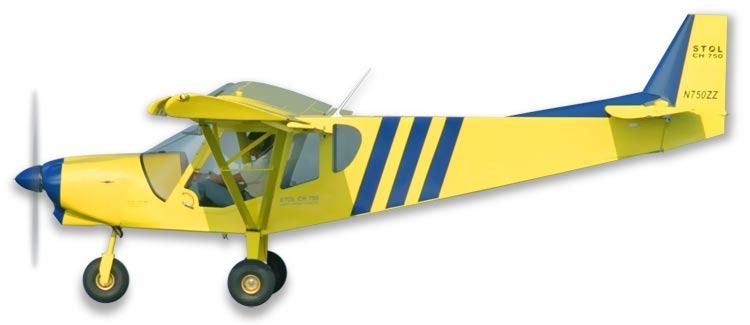I called and talked to Continental regarding their current new O-200 offerings for the experimental market. Pricing is for stand alone new engines, and no core or core charge is required. The rep was very friendly, helpful, and willing to answer questions. Weights include accessories, no exhaust. I called Lycoming at the same time to check on the O-233 and talked to a rep, but have not received a return call with the pricing.
Like many of you I am weighing engine options, and for whatever reason there isn't a lot of information online regarding engine details and current pricing.
The D model puts out a little more power due to the higher compression.
Both engines require a $3,000 deposit and the balance at shipment. Both engines have a 2 year warranty.
O-200-D4B
$23,387 new
- 199.7lbs with all accessories.
- Slick mags
- Lightweight alternator and starter. (didn't check on the type)
- Marvel Schebler carb
- 8.5:1 compression.
- 2200 hr TBO
- New Continental cylinder assemblies: $1,460
- 4 week lead time
O-200-A
$22,398 new
- Approximately 224lbs with all accessories.
- Bendix mags
- Marvel Schebler carb
- 7.0:1 Compression
- 2000 hr TBO
- New Continental cylinder assemblies: $960
- 8 week lead time
Like many of you I am weighing engine options, and for whatever reason there isn't a lot of information online regarding engine details and current pricing.
The D model puts out a little more power due to the higher compression.
Both engines require a $3,000 deposit and the balance at shipment. Both engines have a 2 year warranty.
O-200-D4B
$23,387 new
- 199.7lbs with all accessories.
- Slick mags
- Lightweight alternator and starter. (didn't check on the type)
- Marvel Schebler carb
- 8.5:1 compression.
- 2200 hr TBO
- New Continental cylinder assemblies: $1,460
- 4 week lead time
O-200-A
$22,398 new
- Approximately 224lbs with all accessories.
- Bendix mags
- Marvel Schebler carb
- 7.0:1 Compression
- 2000 hr TBO
- New Continental cylinder assemblies: $960
- 8 week lead time


 $$$
$$$


Comment